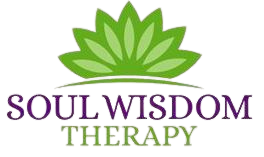Did you know that rest can be active? Understand that although rest and sleep are not the same, they are part of the same spectrum, with rest being more active and sleep being more passive. Consciously, mindfully resting allows the body, mind and spirit to regenerate and process. You can be awake and resting, with or without eyes closed, as you allow your thoughts to drift through your mind, noticed but effortless.
Sleep specialist Dr. Matthew Edlund says, “Many of us are so busy we see rest as a weakness – a waste of precious time, but it is, in fact, a biological need. All the science shows we need rest to live, just like we need food.” He defines four methods of active rest:
 Social: Light, casual social interactions with loved ones and even colleagues can reduce stress. These interpersonal connections are very important to our well-being.
Social: Light, casual social interactions with loved ones and even colleagues can reduce stress. These interpersonal connections are very important to our well-being.
Mental: Stop trying to multitask and rush through your to-do list. Concentration and visualization allow your mind to slow down and focus on one simple thing. When your mind is tired, even a few minutes of clearing your thoughts can be restful – a re-set, if you will.
Physical: Physical rest does not simply mean to stop moving. Activities like mindful breathing or napping can allow your body to relax. When the body has been overused, you can sit with your feet up, do some gentle stretches, or lie flat for a few moments to allow it to settle.
Spiritual: Meditation and prayer have proven to expand and heal the brain. There are actual physical changes which take place in the brain with regular inward focus. When you feel disconnected or scattered, take time to go inward for a much-needed break.
By allowing yourself to rest, you are not being lazy or unproductive, as some might think. Instead, you are providing yourself with the restoration and regeneration needed to maintain and improve your well-being.
